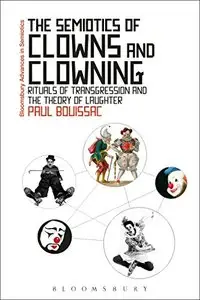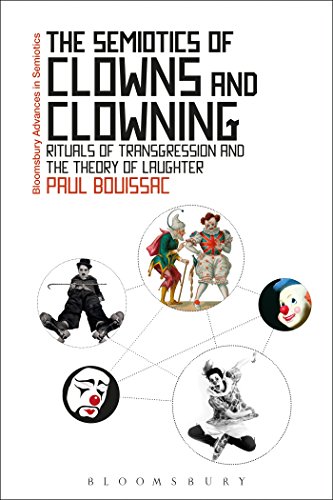The Semiotics of Clowns and Clowning: Rituals of Transgression and the Theory of Laughter by Paul Bouissac
English | 2015 | ISBN: 1472521730, 1472532783 | 232 pages | PDF | 1,4 MB
English | 2015 | ISBN: 1472521730, 1472532783 | 232 pages | PDF | 1,4 MB
During the last 300 years circus clowns have emerged as powerful cultural icons. This is the first semiotic analysis of the range of make-up and costumes through which the clowns' performing identities have been established and go on developing. It also examines what Bouissac terms 'micronarratives' - narrative meanings that clowns generate through their acts, dialogues and gestures.
Putting a repertory of clown performances under the semiotic microscope leads to the conclusion that the performances are all interconnected and come from what might be termed a 'mythical matrix'. These micronarratives replicate in context-sensitive forms a master narrative whose general theme refers to the emergence of cultures and constraints that they place upon instinctual behaviour.
From this vantage point, each performance can be considered as a ritual which re-enacts the primitive violence inherent in all cultures and the temporary resolutions which must be negotiated as the outcome. Why do these acts of transgression and re-integration then trigger laughter and wonder? What kind of mirror does this put up to society? In a masterful semiotic analysis, Bouissac delves into decades of research to answer these questions.



